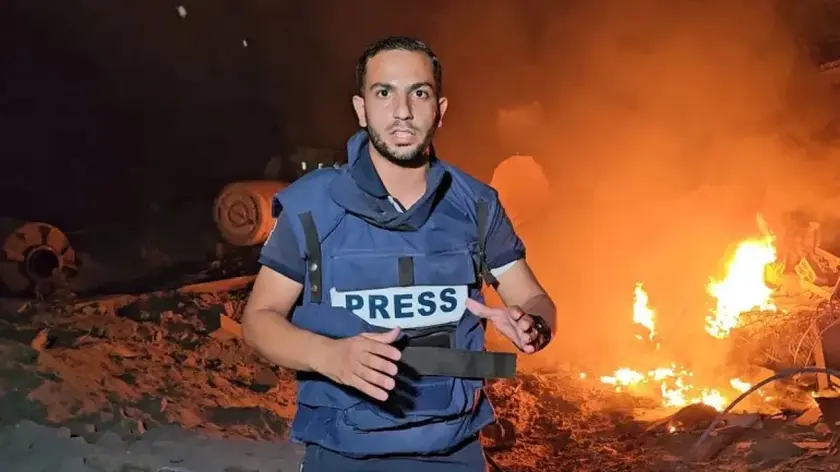T4K3.news
Palestinian journalist killed in Gaza attack
Anas al Sharif was killed in Gaza as the IDF attacked a journalists tent near Al Shifa Hospital; international groups call the killing murder.
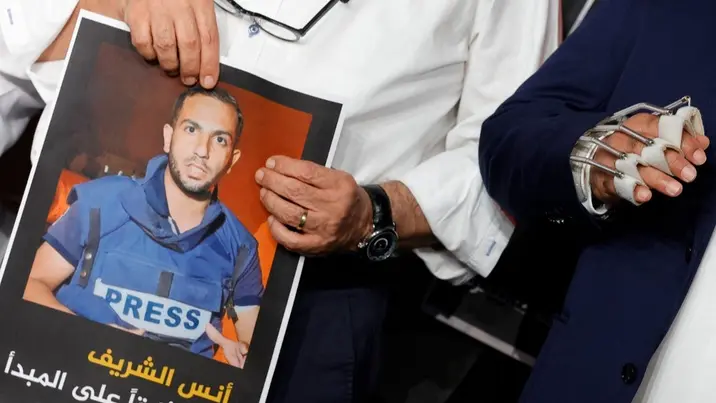
International press groups condemn the attack on journalists as coverage in Israel comes under sharp scrutiny.
Israeli media praise killing of Palestinian journalist Anas al Sharif
On Sunday, the Israeli military said it attacked a journalists tent near Al Shifa Hospital in Gaza City and that Anas al Sharif, a Palestinian journalist for Al Jazeera, was killed along with six other Palestinians including Mohammed Qreiqeh and several camera operators. The army claimed Sharif was active in Hamas but did not provide public evidence. The attack added to the toll of journalists killed in the Gaza war.
The response within Israel was mixed. Some outlets described Sharif in harsh terms, and Palestinian reporters facing online abuse said the coverage reflected a broader pattern of bias and incitement. International bodies, including the Committee to Protect Journalists, condemned the killings and warned that the killing of a news crew constitutes a grave breach of press freedom. The data on journalist casualties in the Gaza war underscores how dangerous reporting has become, with the conflict proving the deadliest for journalists since records began.
Key Takeaways
"Israel wiped out an entire news crew. It has made no claims that any of the other journalists were terrorists. That’s murder. Plain and simple."
Statement by Sara Qudah, regional director of the Committee to Protect Journalists.
"The Israeli media plays a central role in the genocide in Gaza, whether actively or silently."
Hanin Majadli of Haaretz.
"There is no journalist space in Israel."
Hanin Majadli commenting on press freedoms.
"for the journalist-terrorist Anas al-Sharif"
Yinon Magal of Channel 14 on the protest coverage.
The episode highlights a dangerous tension at the edge of war: how a media narrative can become a battlefield. When outlets describe a journalist as a terrorist or a biased frame takes hold online, the line between reporting and advocacy blurs. That dynamic puts other journalists at risk and narrows the space for independent scrutiny of military actions. It also raises questions about accountability, evidence, and the standards used by different media ecosystems in times of crisis.
Looking forward, the episode could accelerate calls for stronger protections for journalists and clearer enforcement of international norms. It may also provoke a broader debate about media bias, government messaging, and the responsibilities of editors to resist incitement while reporting under fire.
Highlights
- Journalists should never be targets for reporting.
- Incitement is a weapon that hurts truth.
- Media can shield or erase truth in war.
- When voices are silenced, facts fade away.
Political and safety risk around journalists killings
The piece touches on political tensions, media bias, and potential backlash against journalists and media outlets, including online harassment and incitement. This could provoke political controversy and affect press safety.
The test for media is not just what it reports, but how it defends the truth when the narrative grows louder than the facts.
Enjoyed this? Let your friends know!
Related News
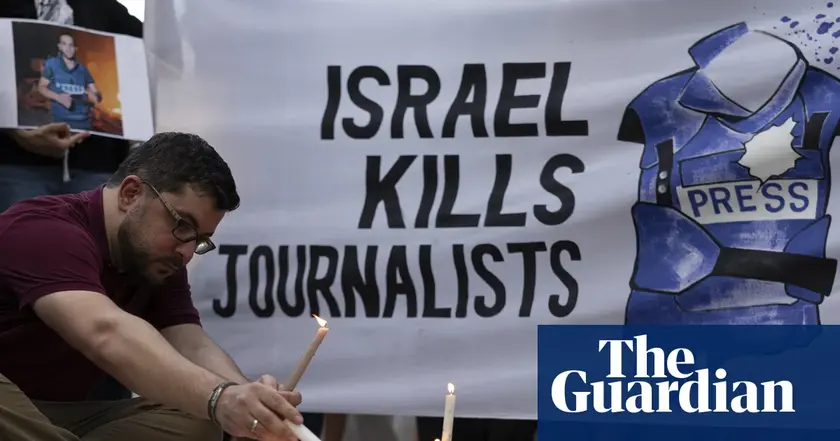
Israeli unit accused of smearing Gaza journalists
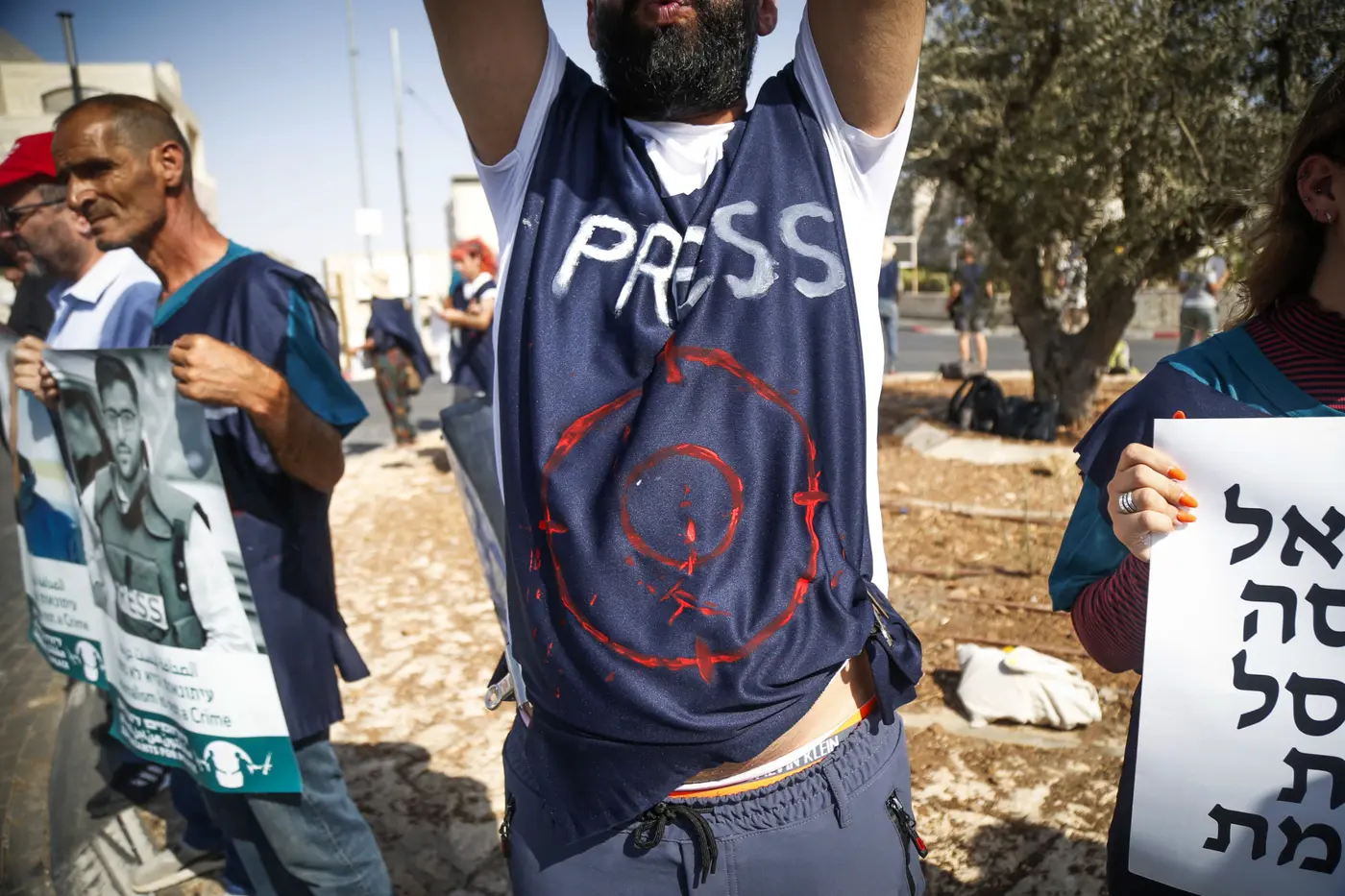
Journalist smears used to justify Gaza assault
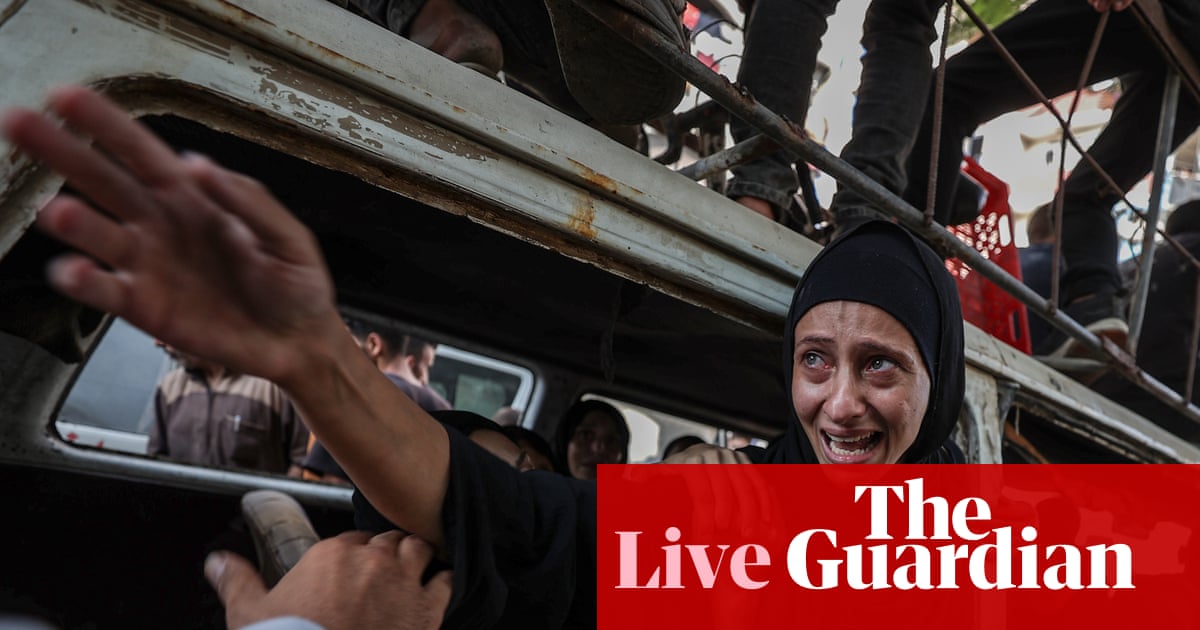
UN warns of dire hunger crisis in Gaza
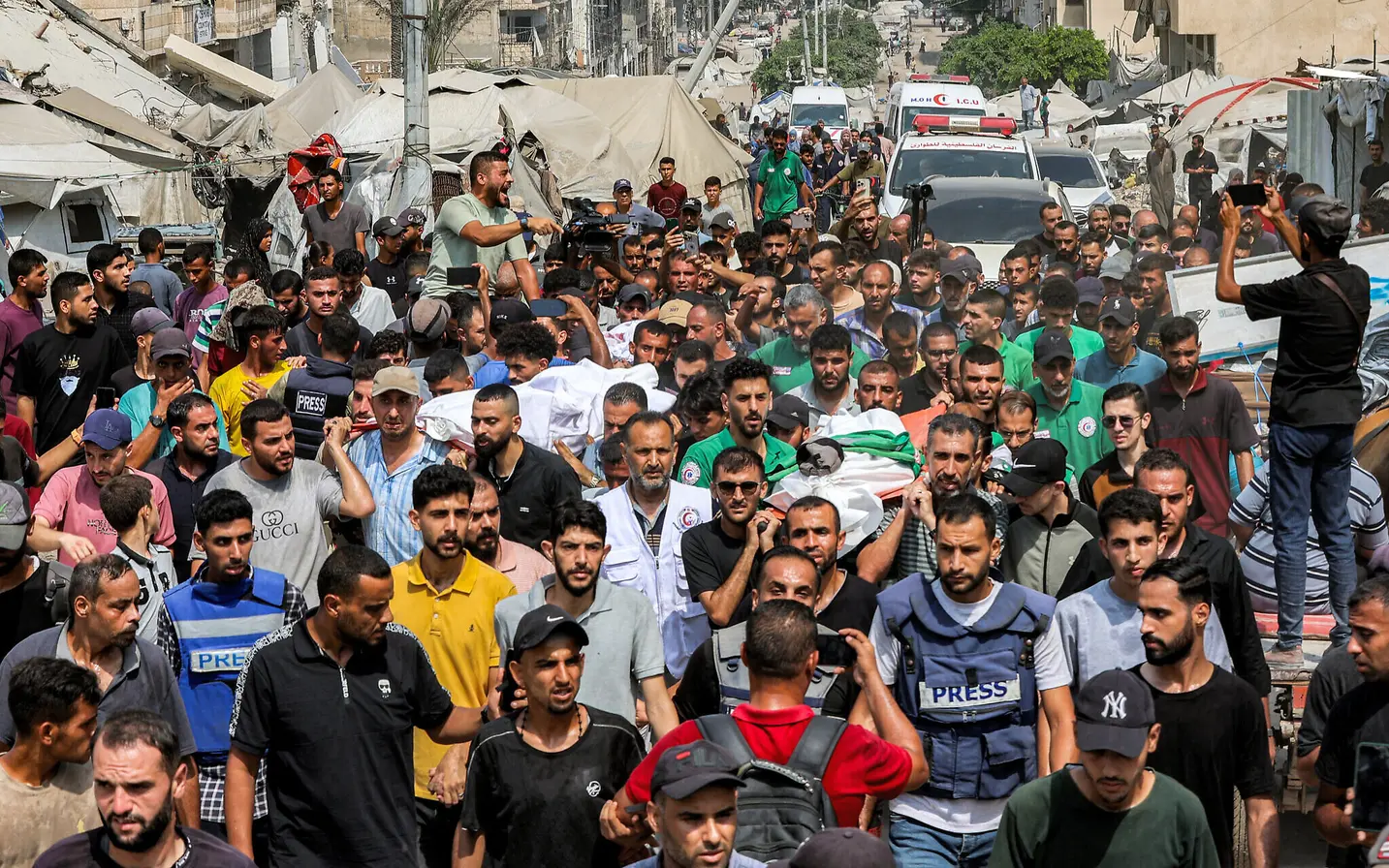
Global backlash after Gaza journalist killing prompts new press protections

Gaza journalists face starvation as conflict continues
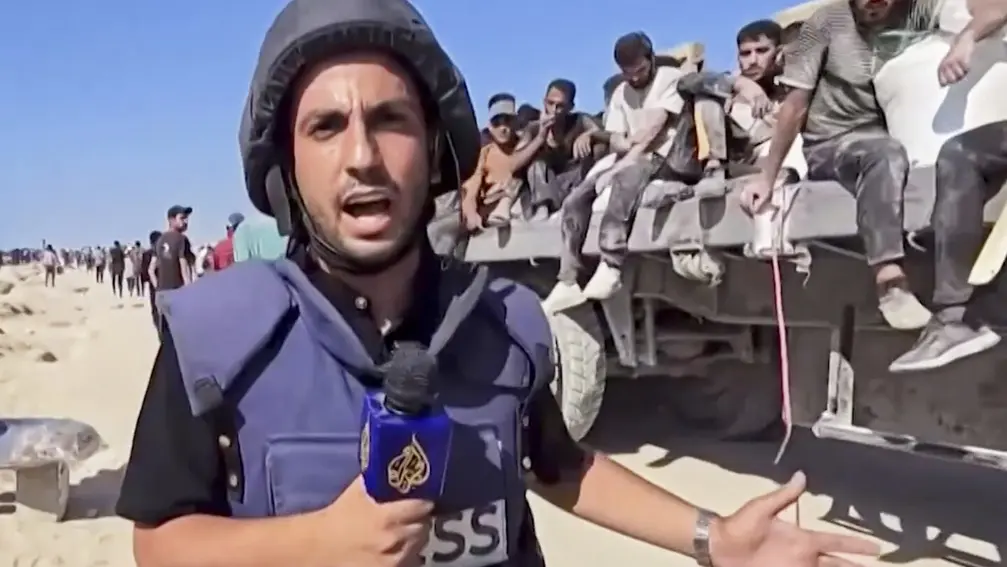
Journalist deaths in Gaza
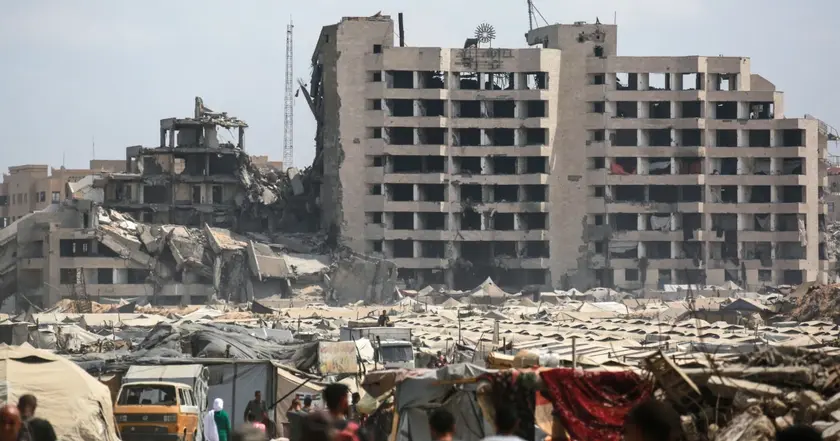
Five Al Jazeera journalists killed in Gaza
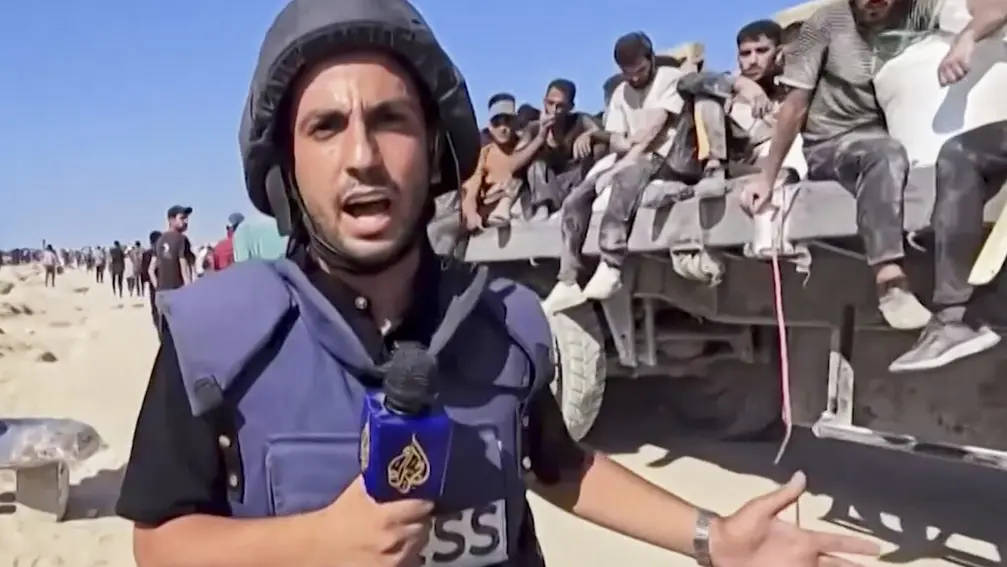
Journalists face deadly danger in Gaza
